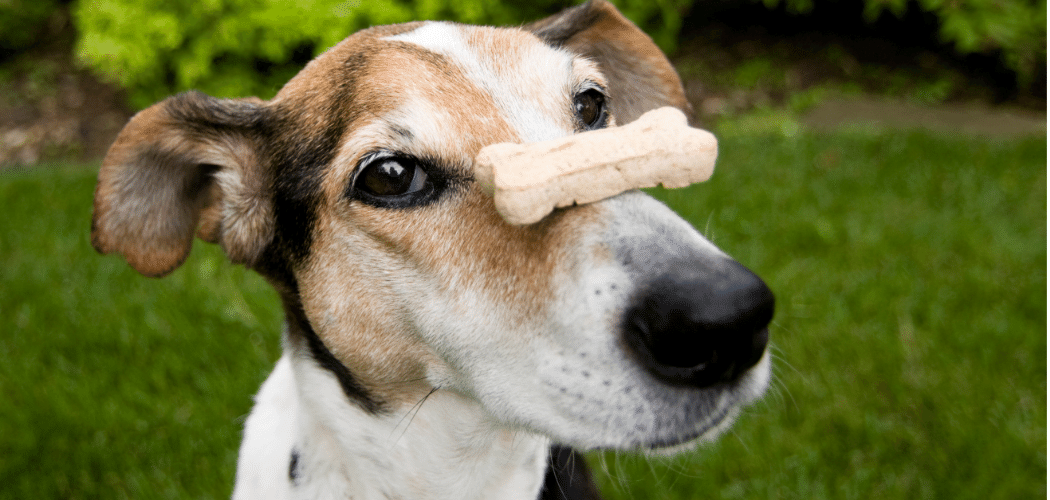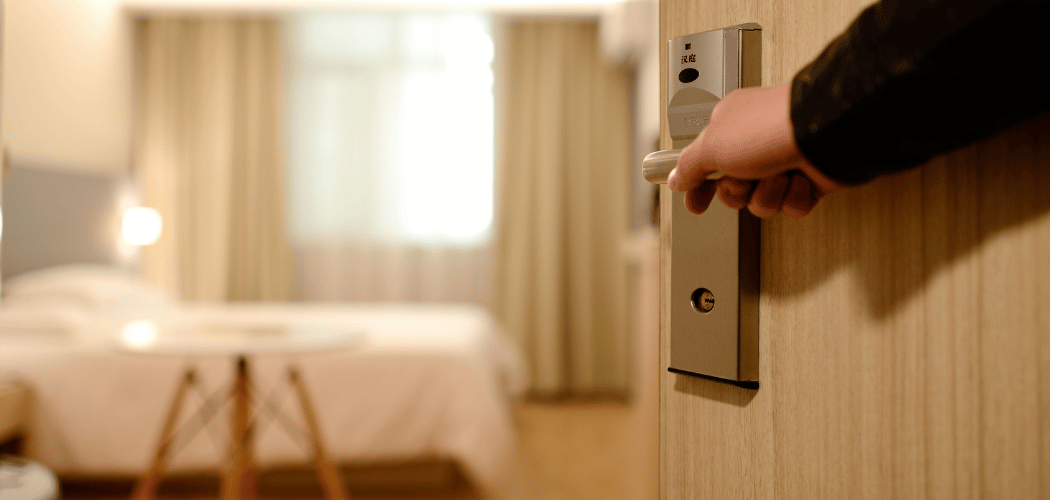Today’s employers face a challenge their predecessors did not encounter: having five different generations in the workplace at the same time. Generational differences in technological fluency, work style and communication expectations combine to tax even the most accomplished leaders and enlightened organizations.
By Len Vraniak
So how do the most successful companies keep this diverse set of employees engaged and happy? The same way the best loyalty programs do: by creating positive environments and experiences for them
Why? As poet Maya Angelou put it, “I’ve learned that people will forget what you said, people will forget what you did, but people will never forget how you made them feel.” Your customers react in the same way.
Companies with loyalty programs need to look at the forest of the customer experience rather than the trees of an experience’s individual components, because customers’ perceptions are driven by the sum of all their experiences.
Most of us would think that United Airlines’ top ranking for on-time performance among U.S. airlines in February's Consumer Air Travel Report should equate to high levels of customer satisfaction, right? Wrong.
Simply being on time hasn’t been enough to improve customers' satisfaction with United. The company ranks near the bottom of the latest American Customer Satisfaction Index (sign-up required), because a customer’s experiences across the company, including those they read about in the news--combine to shape the airline’s overall reputation.
That’s right...even events that don’t directly impact an individual customer can color that customer’s view of your company.
It’s the same with your loyalty program. Do you treat your program’s members simply as vessels to fill constantly with advertisements, affiliate marketing messages and emails? Or do you treat them as a diverse set of people who have an equally diverse set of pain points--ones you are uniquely equipped to solve?
You can differentiate your company and your loyalty program from the competition by tending to the emotional side of your customers’ relationship with you over the long term.
Think, for example, of the way Southwest Airlines, which spent decades cultivating its LUV brand, maintained its positive reputation, despite the recent engine explosion that killed a passenger--the first fatality from an accident on a U.S.-operated commercial airline in more than nine years.
Successful companies that do not offer traditional loyalty programs offer us important insights. Costco, which charges an annual membership fee, has seen growing membership levels and strong retention rates over the years. Is it because more and more people are becoming motivated to buy toilet paper in 40 roll packs? Or is it because we can buy high quality products at good prices from knowledgeable, happy and engaged employees?
Even though Costco cashiers are measured by how many items they scan per minute and how many customers they serve an hour, they strive to--and succeed at, based on customer loyalty--making customers feel good about the experience.
There is no one-size-fits-all answer to the loyalty question. But you will have more long-term success when you focus on making your customers feel good about your products, your people and your company.
Len Vraniak is a reporter for The Wise Marketer.




